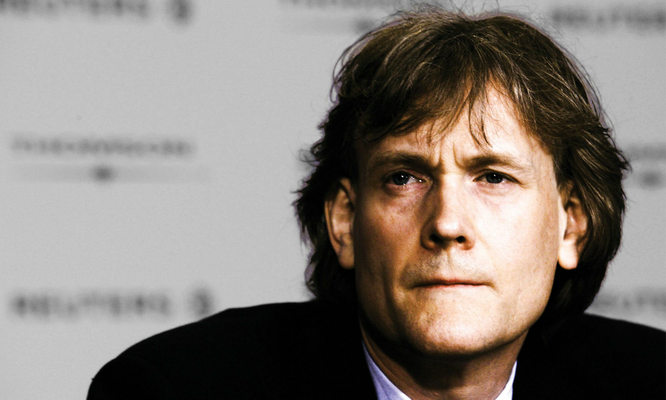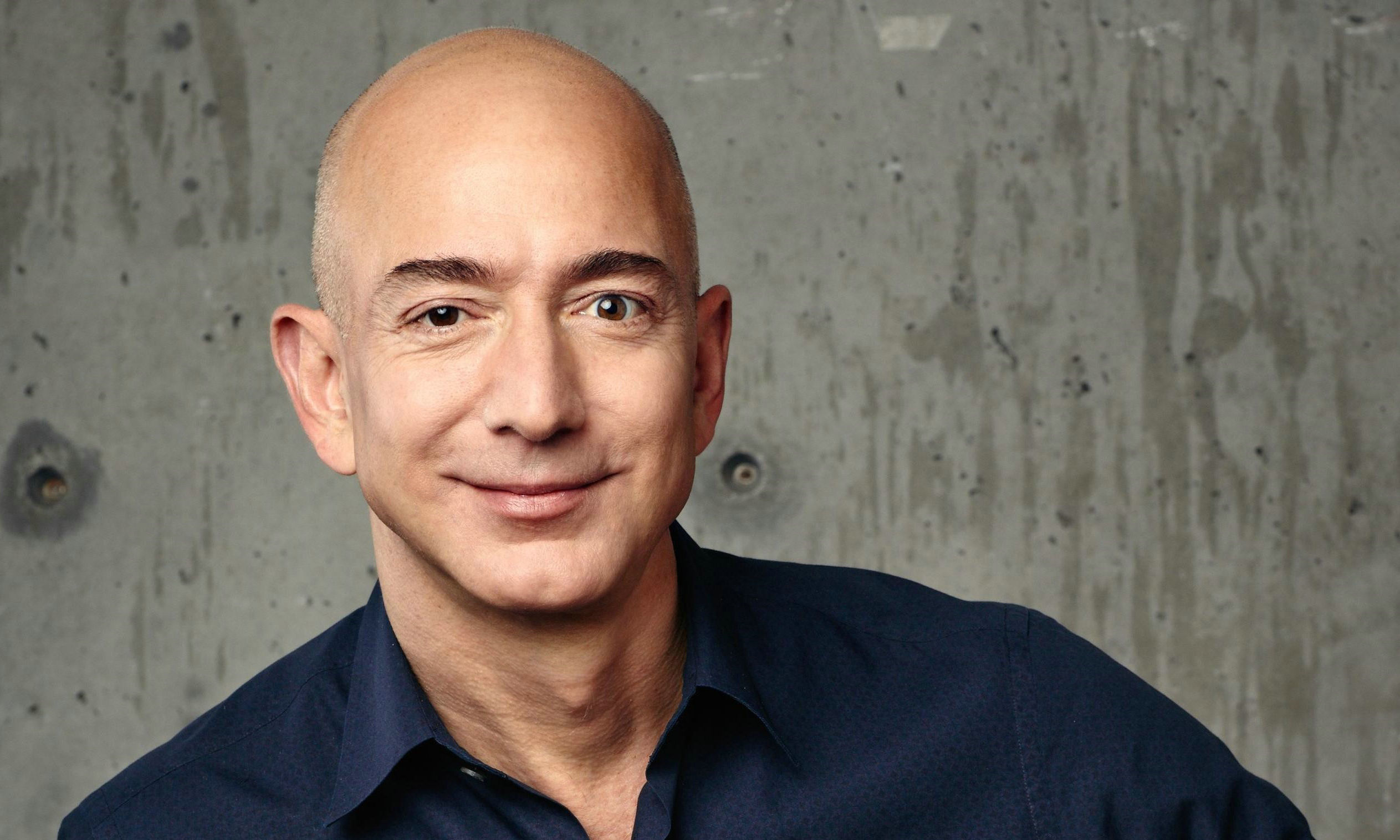Amidst the torrent of the information age stands a navigator who not only inherits a family's media kingdom but also steers its transformation in the digital tide. This is the story of David Thomson, the helmsman of Thomson Reuters, whose tale we delve into with vivid narratives and concrete examples, illuminating his prudent balance between tradition and innovation, and his profound impact on the future of the media landscape.

The Weight of Legacy and Aspiration
"In the shadow of my family tree, I learned to cultivate my own forest." — David Thomson. Born in Toronto, Canada, David Kenneth Roy Thomson represents the fourth generation of the illustrious Thomson family. Since the late 19th century, the Thomson dynasty has grown from newspaper publishing into broadcasting, educational publishing, legal information, financial services, and more, constructing an expansive business empire. David's upbringing, bathed in the family's prestige and expectations, instilled in him not just a love for media but also sowed seeds of innovation and change.
"Education ignites the flame of thought, not merely fills vessels with facts." — David Thomson. His academic journey began at Cambridge's history department, an experience that imbued him with profound scholarly depth and nurtured critical thinking and a global perspective. At Cambridge, he immersed himself in academia, engaged in debates, and fostered networks, shaping the visionary leadership and communication skills that later enabled him to transcend conventional frameworks in business decisions and embrace bold endeavors.
"In family business, every challenge hones the will." — David Thomson. Before assuming leadership, David spent decades honing his skills within the family enterprise. Starting from the grassroots, he familiarized himself with every facet of the business until his appointment as President of Thomson Newspapers. This period coincided with traditional media's struggle against internet disruption, a battle he led, witnessing print's decline and digital media's ascent. These experiences sharpened his market acumen and solidified his resolve for change.

The New Leader's Three Pronged Strategy
In 2002, as David Thomson took the reins of Thomson Group, traditional media faced the onslaught of the internet revolution. Instead of clinging to old ways, he envisioned the dawn of the digital era and embarked on a transformational journey, shifting the conglomerate from a traditional media giant to a provider of digital media and information solutions.
First Strike: The Call for Digital Transformation."Not to follow trends, but to set them, harnessing the digital wave for our advantage." — David Thomson initiated a comprehensive digital transformation across the group. Recognizing technology's role in the future of publishing and media, he invested billions in digital infrastructure, transitioning print newspapers and magazines to online content models and fostering digital subscriptions. This move successfully revived flagship products like The Financial Post, retaining loyal readership while attracting a new generation of digital natives.
Second Strike: Streamlining and Focus."Pruning branches strengthens the trunk; focus is the foundation of triumph." — David Thomson addressed the sprawling business portfolio with strategic divestments, such as selling off the education division, recouping billions. This concentration on core areas like media and legal information enhanced efficiency, competitiveness, and fortified the company's financial standing, laying the groundwork for future investments and acquisitions.
Third Strike: Mergers and Alliances."One tree does not a forest make; alliances and mergers pave the path forward." — Recognizing the power of collaboration, David Thomson pursued strategic partnerships and acquisitions. The pinnacle was the merger with Reuters, a historic union that bolstered Thomson Reuters' dominance in global news and financial information and strategically positioned it in the information age. Post-merger, the company emerged as a superpower in comprehensive information solutions, with an expanded market cap and reach. David ensured the integration wasn't just operational but also philosophical, upholding values of independence, accuracy, and impartiality.
In 2008, under David Thomson's prescient leadership, Thomson Corporation merged with Reuters, birthing Thomson Reuters. In the face of digital disruption, he directed resources towards AI, big data, and blockchain, enhancing offerings for clients and reinforcing the company's leadership in financial information while exploring new avenues for growth.

Evidence in Data: A Showcase of Strength
"In the vast sea of data, insights serve as beacons, guiding us through uncharted voyages." — David Thomson understands that data is the new oil, the lifeblood of decision-making. Since taking the helm of Thomson Group in 2002, he has constructed an advanced data analytics framework to discern market trends, optimize operations, and forecast the future. This is not just a disruption of traditional media but a precise calibration towards data-driven enterprises.
Case Study One: Precision in Digital Transformation。"Digitalization is not an option, but a necessity for survival, with data holding the key to the solution." — Under David Thomson's guidance, Thomson Group's digital transformation was not a blind pursuit but a calculated move based on meticulous data analysis. Between 2012 and 2015, by delving into user behavior and preference data, the group precisely targeted its digital products, such as the launch of the Eikon platform. This not only catered to financial clients' needs for real-time, personalized information but also achieved over 50% user growth in three years, setting an industry benchmark. The precision of this transformation was a testament to the power of data-guided strategy.
Case Study Two: Wise Choices in Mergers and Integrations。"Mergers are not about piling bricks but fitting puzzle pieces, with data guiding us to the perfect match." — The 2008 Thomson-Reuters merger, though audacious, was grounded in rigorous data analysis. Thomson's team meticulously evaluated overlap, market potential, and synergies, revealing that the combination would yield more than the sum of its parts. Post-merger, Thomson Reuters swiftly ascended in the financial information market, validating the wisdom of data-driven decisions.
Case Study Three: Data-Fueled Innovation for Growth。"Innovation is the engine, data its fuel, propelling us into the future." — By leveraging data to identify gaps in the industry, David Thomson invested in emerging technologies like AI and Big Data. In 2010, Thomson Reuters developed a suite of intelligent information solutions, including AI-assisted news analysis tools that significantly enhanced processing speed and accuracy. This year saw a 15% increase in revenue attributed to technological innovations, demonstrating data's role in driving progress.

Philosophical Exploration: Content Reigns, Responsibility Forms the Foundation
"In the ocean of information, quality content shines like lighthouses, illuminating the path of knowledge." — David Thomson believes that premium content is the essence of media and key to audience engagement. Under his leadership, Thomson Reuters prioritized depth and quality alongside speed and breadth. The 'Global Supply Chain Reshaped' series in 2019, amid complex trade tensions, used extensive data, exclusive interviews, and in-depth analysis to earn wide acclaim and over a million clicks, highlighting content's remarkable influence.
"Every word, every image, bears the responsibility of truth and the commitment to the public." — Amidst fake news proliferation in 2021, David Thomson championed the 'Truth Project,' investing millions in fact-checking teams to combat misinformation and uphold journalism's integrity. Within a year, thousands of misleading statements were corrected, boosting public trust. This initiative underscored Thomson's commitment to accuracy and his social responsibility as a media leader.
"Content innovation pays homage to tradition while preparing for the future." — Thomson Reuters, under Thomson, embraced new forms like immersive journalism and interactive reporting, making data engaging. The 'Climate Change: Earth's Thermometer' interactive report, combining animation, charts, and real-time data, vividly depicted global warming impacts, earning a Pulitzer nomination and sparking global environmental discourse, highlighting the potency of content innovation.
For David Thomson, content and responsibility are the dual pillars of media. Amid the rapid evolution of the internet age, balancing click-chasing with professional journalism and deep investigation amidst information overload is crucial. He advocates continuous investment in journalist training, technology support, and international cooperation to meet these challenges and ensure content meets both market demand and societal expectations.
Epilogue: Keeping Watch Over the Future
David Thomson's journey is a dual narrative of inheritance and innovation. A guardian of his family's media empire and a reformer steering Thomson Reuters through the digital era, he embodies his belief that "finding constancy amidst change is the true challenge." Through his actions, he demonstrates how, amidst the unpredictable media landscape, unwavering dedication to excellent content and social responsibility remains paramount. His story inspires media professionals to stay true to their purpose and bravely navigate whatever changes may come.

